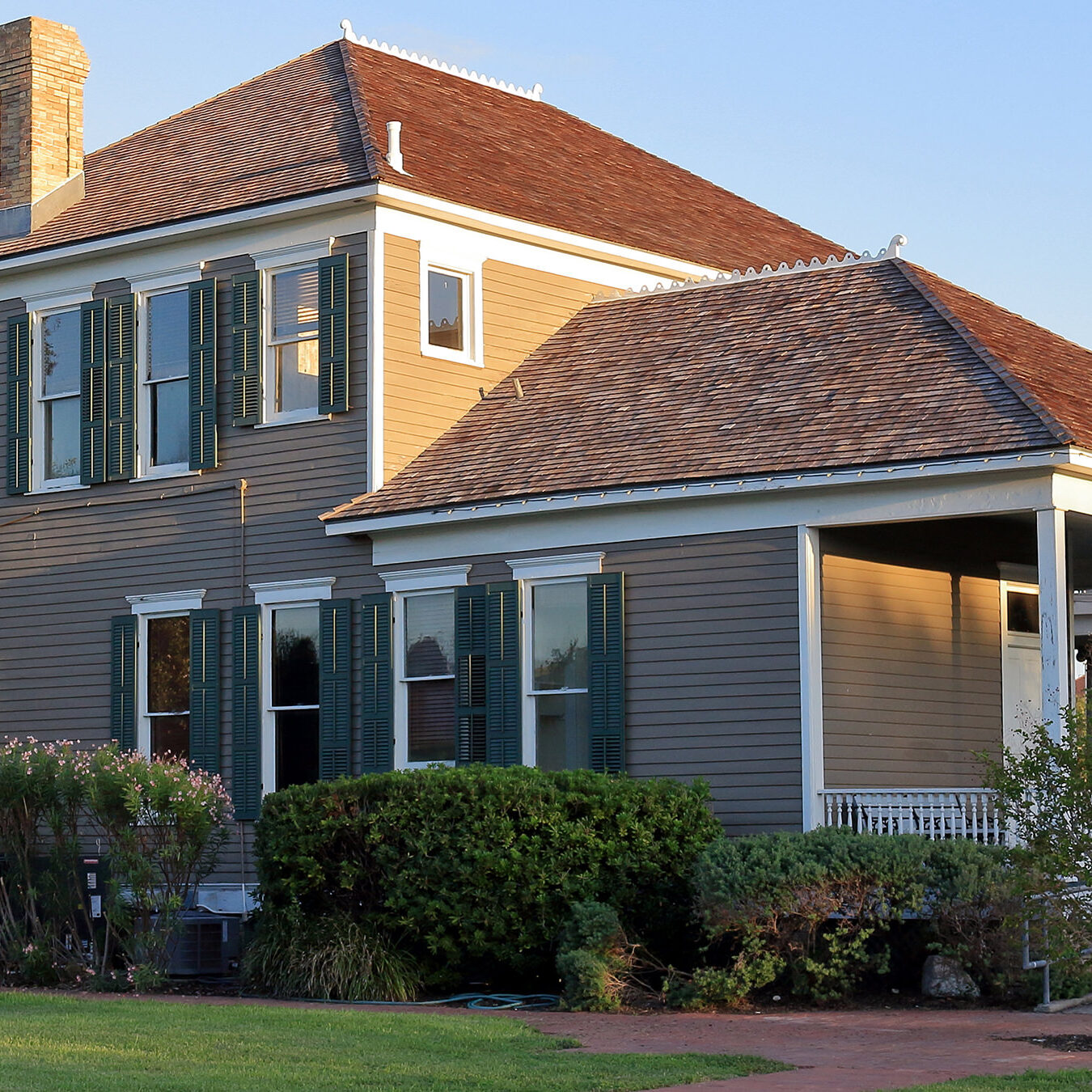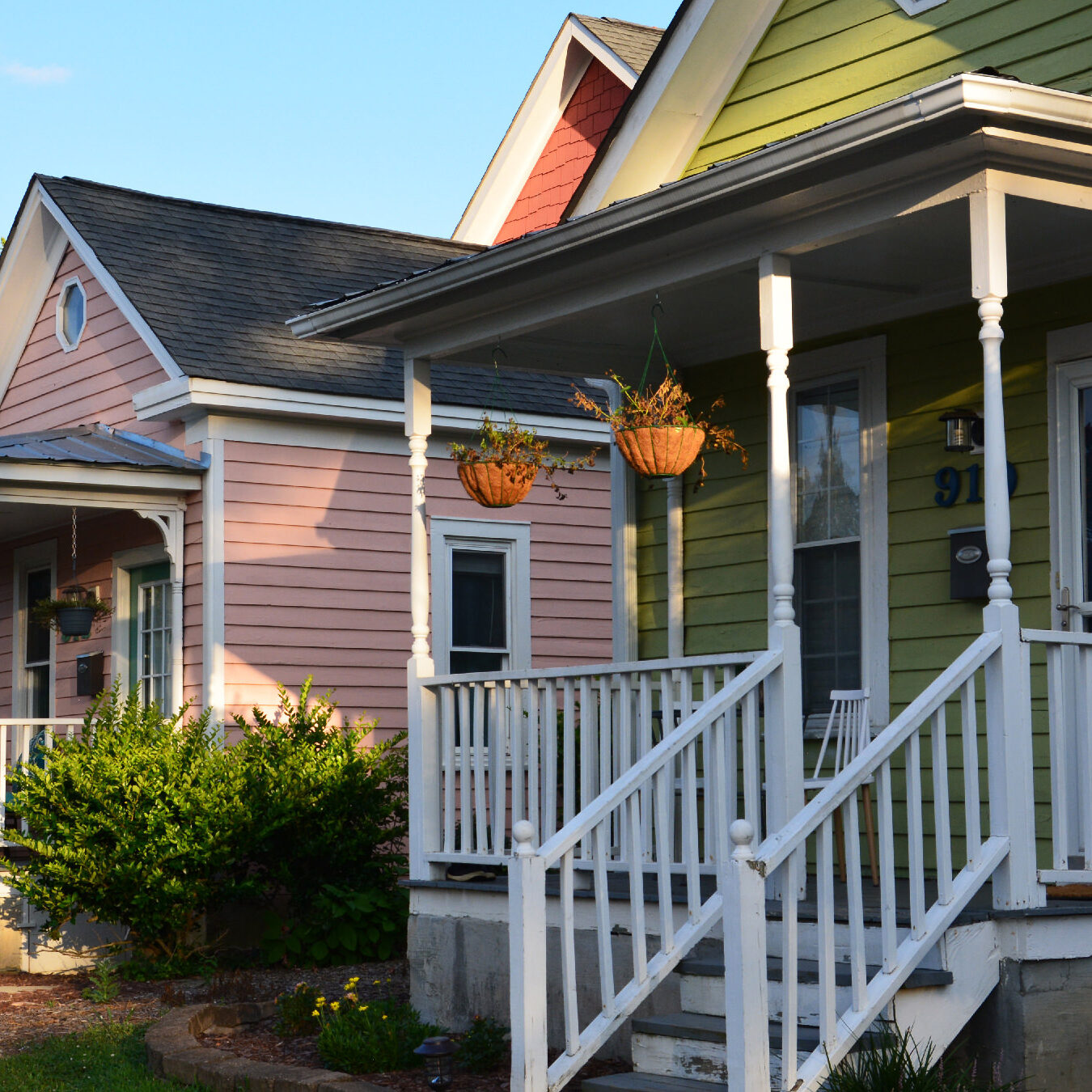What is a Recovery Home?
Recovery housing is a family-like, shared living environment free from alcohol and illicit drug use and centered on peer support and connection to services that promote sustained recovery from substance use disorders.
They go by different names (Oxford House™, sober home, sober living, halfway house, etc.), and their history can be traced back to the mid-1800s1. Today, they can be found across the United States2 and other countries3.
The National Alliance for Recovery Residences (NARR) has established national best practice standards and a certification program, which owner-operators can use as a roadmap.
All recovery homes are founded on social model recovery, but beyond that, differ in the type and intensity of services provided and in their staffing or governance. This diversity creates a spectrum of options that cost effectively matches individual’s evolving needs with a level of support.



NARR
We encourage you to checkout the resources pages on the National Alliance for Recovery Residences (NARR) website. We have highlighted a few key resources below:
Fair Housing Law
Persons in recovery from substance use issues meet the civil rights definition of "disabled" or "handicapped", which is a "protected class" under federal fair housing laws. As such, a local or state government cannot raise barriers to their housing choice (e.g. recovery residences) based on their disability status anymore than they could based on the color of their skin or what church they attend. Below are resources related to fair housing.

